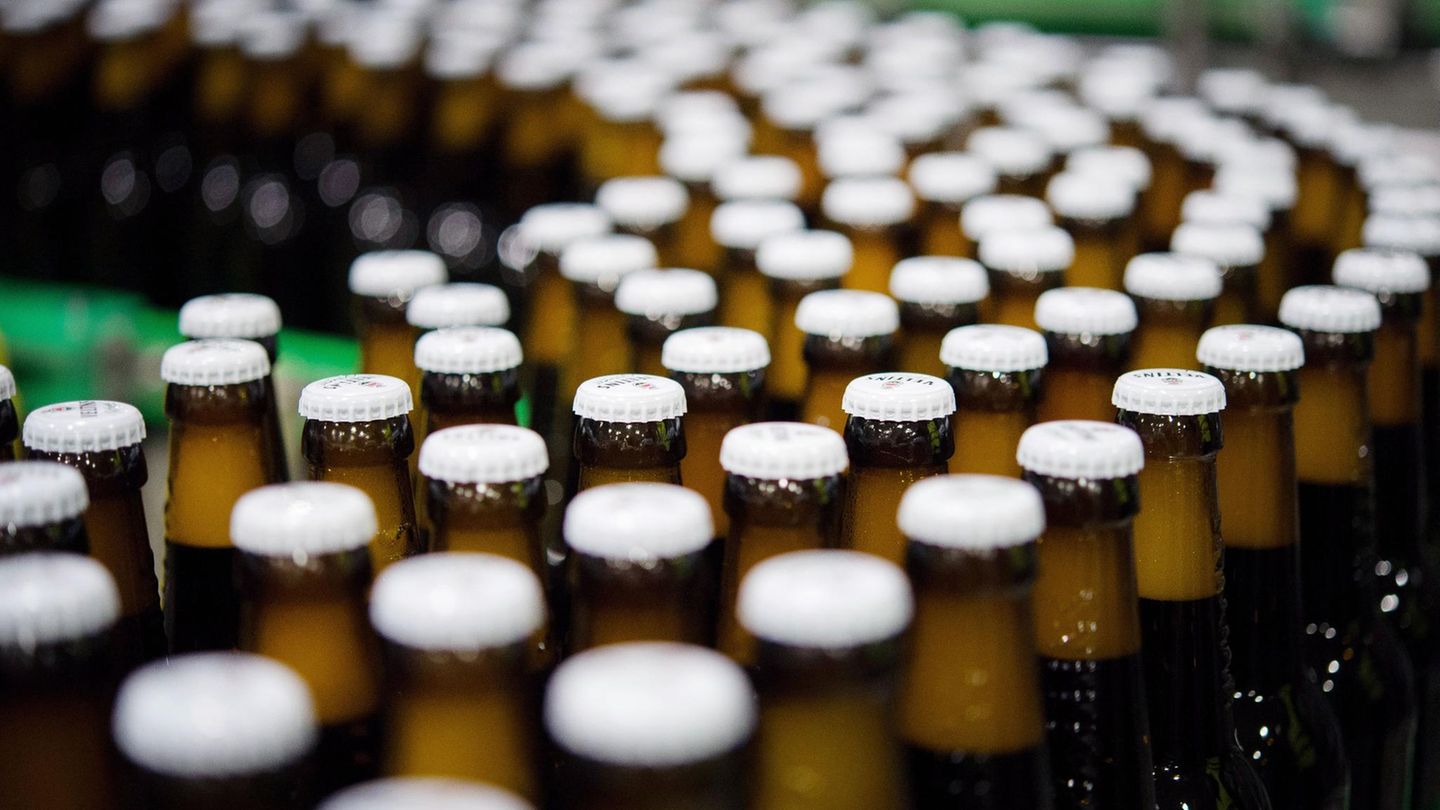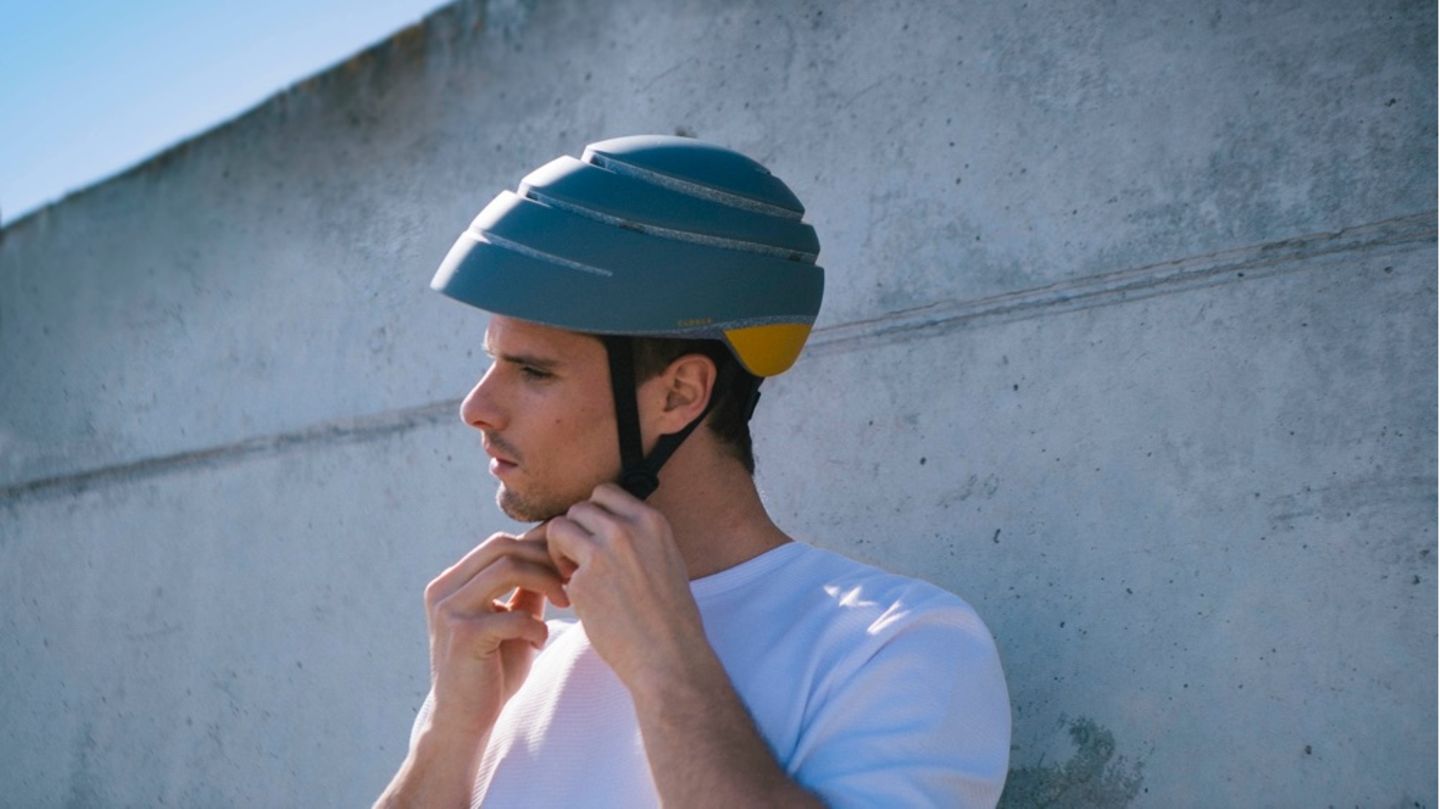ROHRBACH MOUNTAIN. On the initiative of the city history of Rohrbach-Berg, the legendary “secret passage” of Berg Castle was examined and documented in detail by Josef Weichenberger, retired archivist in the Upper Austrian state archives and specialist in earthen stables, and Thomas Scheucher, cave explorer. Until now it was assumed that this underground passage was an escape route from Berg Castle to the “Zizlbauern”.
Josef Kriegner, under whose property this tunnel runs, had already climbed into it years ago and also cleaned it of loose rubble. Although it was known that it also contained a water reservoir and water pipes were laid in it, its function and origin were unknown. In addition to its origins, the original purpose and dimensions of the old building were previously unclear.
Elaborate earth stable
Josef Weichenberger describes this underground passage as an elaborately constructed tunnel. What is particularly interesting is that the large ceiling stones consist of very large granite slabs and other very solid masonry work was carried out. It was also surprising that the tunnel, which was initially 1.1 to 1.6 meters high, rose to a height of three meters at the end. In any case, it is clear that the structure is 50 meters long and did not collapse at the end, as previously assumed. This means that it can be ruled out that it was an “escape route” to the “Zizlbauern” farm. As the specialists determined, it was a water tunnel that supplied Berg Castle with drinking water. The true core of the legend is probably that there was an earth stable at the Zizlbauer and that popular belief then connected this with the water tunnel to form a “secret passage”. What is interesting in this context is that not a single “escape passage” from a medieval castle has been clearly proven in the entire German-speaking region.
No disappointment
When asked by Albert Ettmayer, spokesman for Rohrbach-Berg city history, whether the investigation was a disappointment because no secret passage was discovered, Thomas Scheucher replied: “Absolutely not, the construction alone was fascinating, and it is also important for us to examine well-known buildings in detail document because new insights emerge from the overall view.”
Mayor Andreas Lindorfer and his deputy Franz Hötzendorfer, responsible for construction, insisted on going into the tunnel themselves to get an impression of it. “I’m pleased about the commitment of the city history working group, and it’s amazing to me as mayor what ‘new’ things are being discovered.” Hötzendorfer was also fascinated by this historical building, but warns against seeking adventure in caves on your own.
My themes
For your saved topics were
new articles found.
info By clicking on the icon you can add the keyword to your topics.
info
By clicking on the icon you open your “my topics” page. They have of 15 keywords saved and would have to remove keywords.
info By clicking on the icon you can remove the keyword from your topics.
Add the topic to your topics.
Source: Nachrichten




